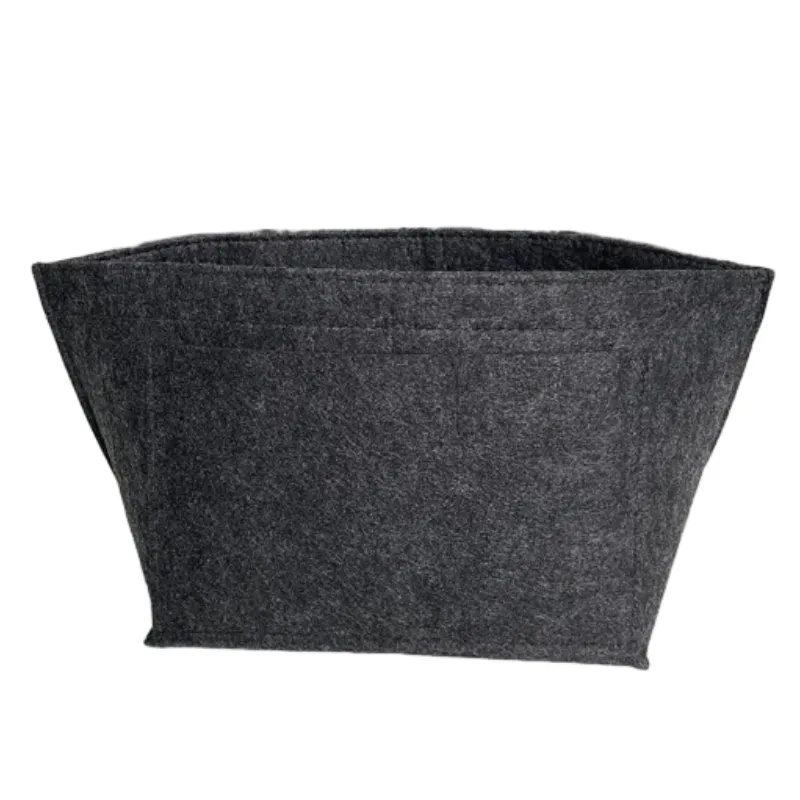Wool Dryer Balls May Not Eliminate Static Cling as Expected
Understanding Why Wool Dryer Balls May Not Prevent Static
Wool dryer balls have gained popularity as a natural alternative to traditional fabric softeners and dryer sheets. Advocates tout their benefits, including reducing drying time, softening fabrics, and being an eco-friendly option. However, some users report that these dryer balls do not effectively prevent static cling in their laundry. In this article, we will explore the reasons behind this phenomenon and discuss what you can do to manage static electricity during laundry.
The Science of Static Electricity
To understand why wool dryer balls may not always prevent static cling, it’s essential to know how static electricity forms. Static electricity is generated when two materials come into contact and then separate, causing electrons to transfer between them. This transfer can lead to an imbalance of electrical charge, resulting in the attraction of lightweight fabrics to each other, which we commonly experience as static cling.
Dryers amplify this process as clothes tumble against each other in a dry, warm environment. When fabrics are dry, they are more likely to generate static because there’s less moisture to dissipate electrical charges. As a result, the materials stick together rather than falling freely apart after the drying cycle.
Why Wool Dryer Balls May Fall Short
While wool dryer balls are made to help separate clothes during the drying process, which can potentially reduce the friction that leads to static, they aren't a guaranteed solution. There are several reasons why they might not prevent static cling effectively
1. Material Composition Wool is a natural fiber that can help to some extent in reducing static. However, it may not be sufficient alone, especially if your laundry consists of synthetic materials. Fabrics like polyester and nylon are notorious for generating static because they do not absorb moisture as well as natural fibers.
2. Drying Conditions The effectiveness of wool dryer balls can be influenced by environmental factors. In dry climates or during winter months when indoor air is heated and dry, static electricity is more prevalent. If the humidity level is low, the presence of wool dryer balls may have minimal impact.
3. Amount of Load The number of dryer balls used can also influence their effectiveness. Typically, using three to six balls in a standard-sized load is recommended. If you’re drying a smaller or fuller load, the value of the dryer balls in preventing static cling may be diminished since they cannot separate the clothes effectively.
wool dryer balls not preventing static

4. Over-Drying Clothes Leaving clothes in the dryer for too long can exacerbate static buildup. Over-drying can lead to a complete absence of moisture, which is crucial for preventing static cling. Wool dryer balls work best when clothes are dried to a slightly damp state to retain some moisture.
Tips for Reducing Static in Your Laundry
If you find that wool dryer balls are not adequately preventing static cling in your laundry, consider the following strategies to mitigate the issue
1. Use Vinegar Adding half a cup of white vinegar to the rinse cycle can help neutralize static electricity. The vinegar acts as a natural fabric softener and leaves behind no scent.
2. Moisture Maintain some moisture in your load. One way to do this is by having a slightly damp washcloth or sock in the dryer alongside your clothes. This can help keep the humidity up and minimize static buildup.
3. Switch to Natural Fabrics When possible, opt for natural fibers like cotton or wool instead of synthetic materials that tend to generate more static.
4. Increase Humidity During dryer sessions in dry conditions, try to maintain an elevated humidity level in your home. Using a humidifier can help reduce static electricity in the environment.
5. Experiment with Dryer Sheets If wool dryer balls alone are not sufficient for your needs, consider using dryer sheets made from natural fibers to complement the dryer balls.
Conclusion
While wool dryer balls can be a helpful addition to your laundry routine, they might not be a foolproof solution to static cling due to various factors such as fabric type, environmental conditions, and drying practices. Understanding the science behind static electricity and implementing some simple strategies can help manage this common laundry issue effectively. By staying informed and experimenting with different methods, you can enjoy fresh, static-free laundry while still making an eco-conscious choice.
-
What Makes Felt a Great Choice?NewsNov.19,2024
-
Total Mixed Ration (TMR) Feed for CattleNewsNov.19,2024
-
The Ultimate Guide for Felt Polishing WheelsNewsNov.19,2024
-
Industrial Felt for Various ApplicationsNewsNov.19,2024
-
Felt Makeup Bags and Inserts BagsNewsNov.19,2024
-
Choosing the Right Hotel TowelsNewsNov.19,2024
-
Your Go-To Guide For Affordable Wholesale Wool FeltsNewsOct.31,2024







